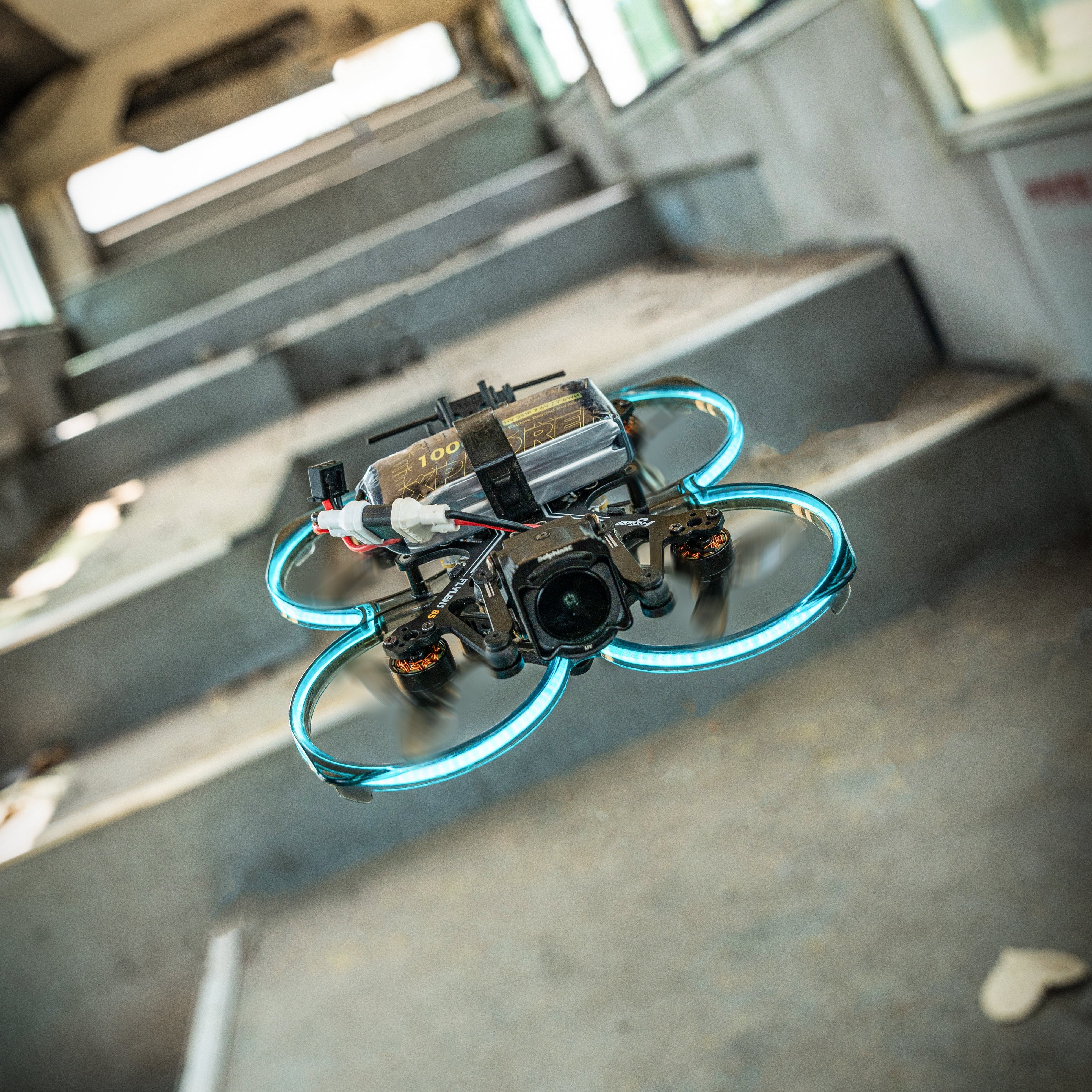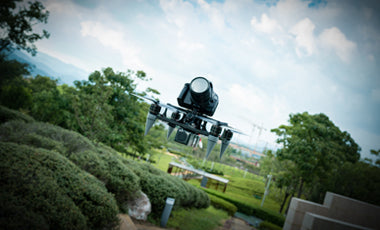When it comes to drones, choosing the right motor, ESC, and propeller combination is crucial. These components will directly affect the drone's flight performance and efficiency. In this article, we will explore how to choose the best combination of drone motor, ESC, and propeller.
- Motor
Choosing the right motor is a critical step towards successfully building a drone. The motor selection should be based on the drone's purpose, payload, and flying conditions. When choosing a motor, the following factors should be considered:
- Thrust: The weight of the drone will directly impact the required motor thrust. Typically, the thrust should be 20% to 30% more than the drone's weight.
- Voltage: The motor voltage should match the drone's battery voltage to ensure maximum efficiency and performance.
- KV value: The KV value represents the motor's revolutions per minute. For drones, motors with high KV values are usually preferred because they can provide higher speed and power.
- ESC
The ESC is an electronic device that controls the motor's rotation speed and direction. They are typically based on PWM signals and can receive signals from the flight controller to control the motor's speed and direction. When choosing an ESC, the following factors should be considered:
- Current capacity: The ESC's current capacity should be at least equal to the motor's maximum current to ensure safe operation.
- Voltage capacity: The ESC's voltage capacity should match the drone's battery voltage.
- Brake: Some ESCs may have a braking function, which can reduce the motor's rotational inertia and improve flight efficiency.
- Propeller
The propeller is the component that converts the motor's rotation into thrust. When choosing a propeller, the following factors should be considered:
- Diameter: The propeller's diameter should match the motor's KV value and the drone's purpose. Typically, the larger the diameter, the greater the thrust.
- Material: Propellers are typically made of plastic, carbon fiber, or wood, each with its advantages and disadvantages. Plastic propellers are lightweight but prone to wear and tear; carbon fiber propellers are durable but expensive; wood propellers are affordable but more prone to deformation.
- Blade count: The number of blades depends on the drone's purpose and flying conditions. Typically, the more blades, the greater the thrust.
In conclusion, choosing the right combination of drone motor, ESC, and propeller is crucial for optimal drone performance and efficiency.





Leave a comment